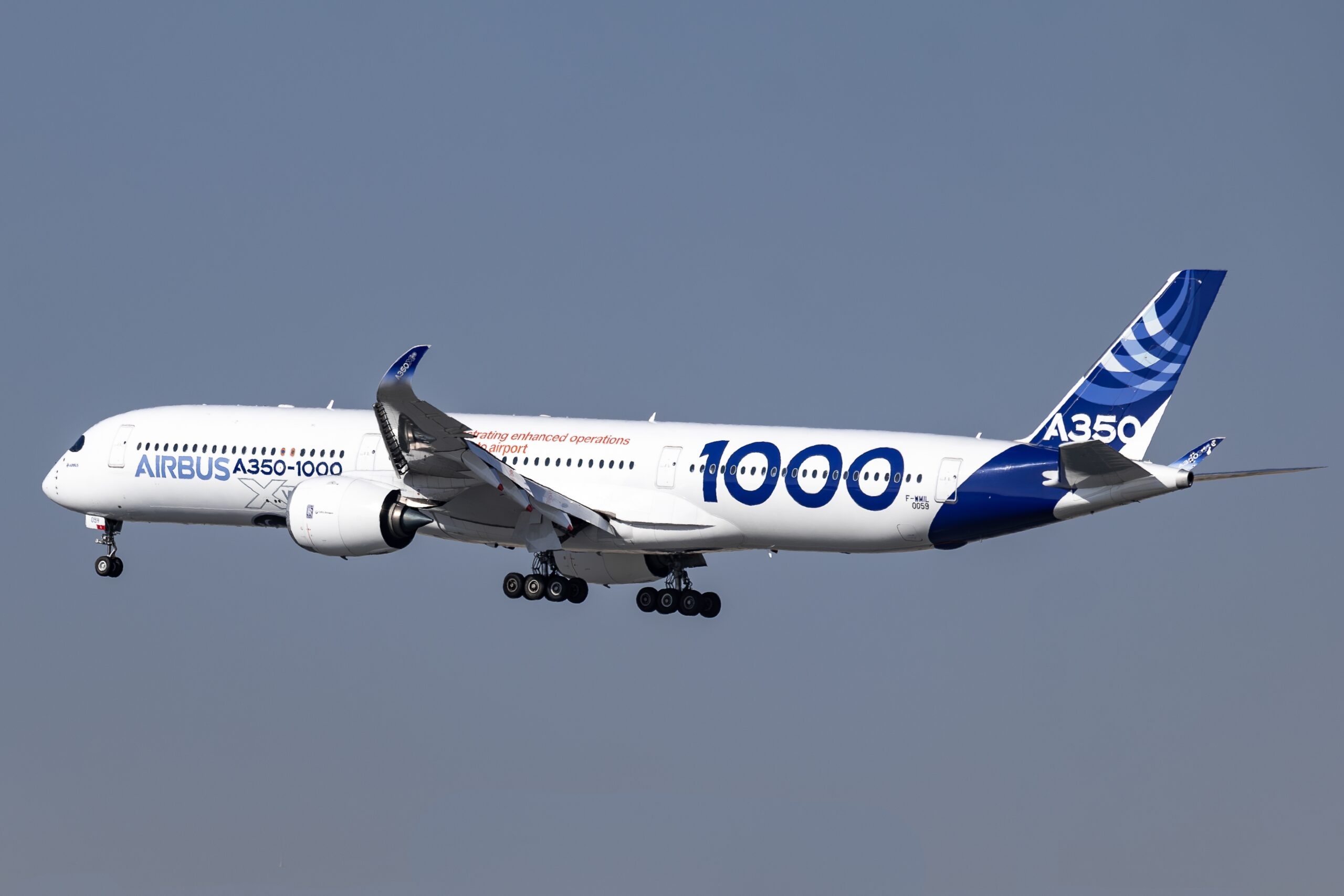MIG-23 For Sale: What You Need to Know
The MiG-23, a product of the Mikoyan-Gurevich Design Bureau, first flew in the 1960s. Its design evolved from the need for a fast and agile fighter that could handle a broad range of missions.
Background and Development
The MiG-23, also known as Flogger, presents a radical design departure from its predecessors. It features a variable-geometry wing, which allows for better performance across different flight conditions. This design choice significantly enhances its versatility in combat situations. The aircraft was initially created to replace the MiG-21, offering improved speed, range, and weapons capacity.
Technical Specifications
- Engine: The MiG-23 is equipped with the Tumansky R-29B-300 afterburning turbojet engine.
- Speed: It can reach speeds of up to Mach 2.35 (approximately 2,500 km/h or 1,550 mph).
- Range: The combat range is around 600 miles (1,200 km) without external fuel tanks.
- Armament: The aircraft can carry a variety of weapons, including air-to-air missiles, air-to-ground missiles, unguided bombs, and a 23mm internal cannon.
- Avionics: The MiG-23 features advanced radar systems for its time, enhancing its targeting capabilities.
Operational History
The MiG-23 has seen extensive use across numerous conflicts and by various air forces around the world. Countries that have operated the MiG-23 include Russia, India, Syria, and many others. The aircraft demonstrated both strengths and limitations in combat scenarios. Notables include conflicts in the Middle East and the Iran-Iraq War, where the MiG-23 often confronted enemy fighters and performed ground-attack missions.
Buying Considerations
When considering purchasing a MiG-23, it’s essential to understand both the benefits and challenges:
- Legal Requirements: Ensure compliance with national and international regulations regarding the purchase and operation of military fighter jets. This process often involves demilitarization and obtaining proper certifications.
- Maintenance: Maintaining a MiG-23 can be costly and time-consuming. Access to spare parts, qualified technicians, and specialized equipment is crucial.
- Operational Costs: The operational costs, including fuel, hangar space, and frequent inspections, can be significant.
- Training: Piloting a MiG-23 requires specialized training and experience. Hiring or training a capable pilot is essential for safe and effective operation.
Uses and Potential
Buying a MiG-23 can be more than just a novelty:
- Private Collection: Collectors of military aircraft might find the MiG-23 a unique and valuable addition.
- Air Shows: Restored MiG-23 fighters often feature in air shows, attracting aviation enthusiasts and showcasing historic engineering.
- Research and Development: Organizations might use the aircraft for research purposes, studying its design and performance characteristics.
- Training: Military and aviation schools could use the MiG-23 for training purposes, providing real-world experience with jet aircraft.
Market Availability
The availability of MiG-23s for sale varies. Retired military jets sometimes appear on the market through specialized brokers or auctions. Prices can range widely based on the aircraft’s condition, history, and included equipment. Potential buyers should conduct thorough research and possibly engage with brokers specializing in military aircraft sales.
Restoration and Modification
Restoring and modifying a MiG-23 to flight-worthy condition or altering it for a specific purpose involves several steps:
- Initial Assessment: Conduct a detailed assessment of the aircraft’s condition, identifying necessary repairs and refurbishments.
- Parts and Upgrades: Sourcing original or compatible replacement parts is vital. Consider upgrading avionics and systems to contemporary standards.
- Skilled Labor: Engage experienced engineers and technicians specialized in military aircraft.
- Flight Testing: Comprehensive testing ensures safety and performance standards are met before regular operation.
Market Trends
The market for military aircraft like the MiG-23 has its peculiarities. Increased interest in historic aircraft can drive prices up. Contemporary geopolitical events and the status of military surplus inventories also influence availability. Online platforms and specialized gatherings, such as air shows and auctions, are primary venues for these transactions.
Regulatory and Ethical Considerations
Purchasing a MiG-23 involves navigating complex legal terrain. Export-import laws, demilitarization requirements, and end-user agreements are standard hurdles. Ethical considerations also come into play, especially regarding the aircraft’s historical background and potential uses. Ensuring transparent and lawful acquisition mitigates risks and aligns with international norms.
Conclusion
Knowing the intricacies of owning a MiG-23 is crucial for a potential buyer. From understanding its history and technical specifications to comprehending the legal and operational commitments, a thorough grasp of what’s involved can lead to a rewarding experience.






